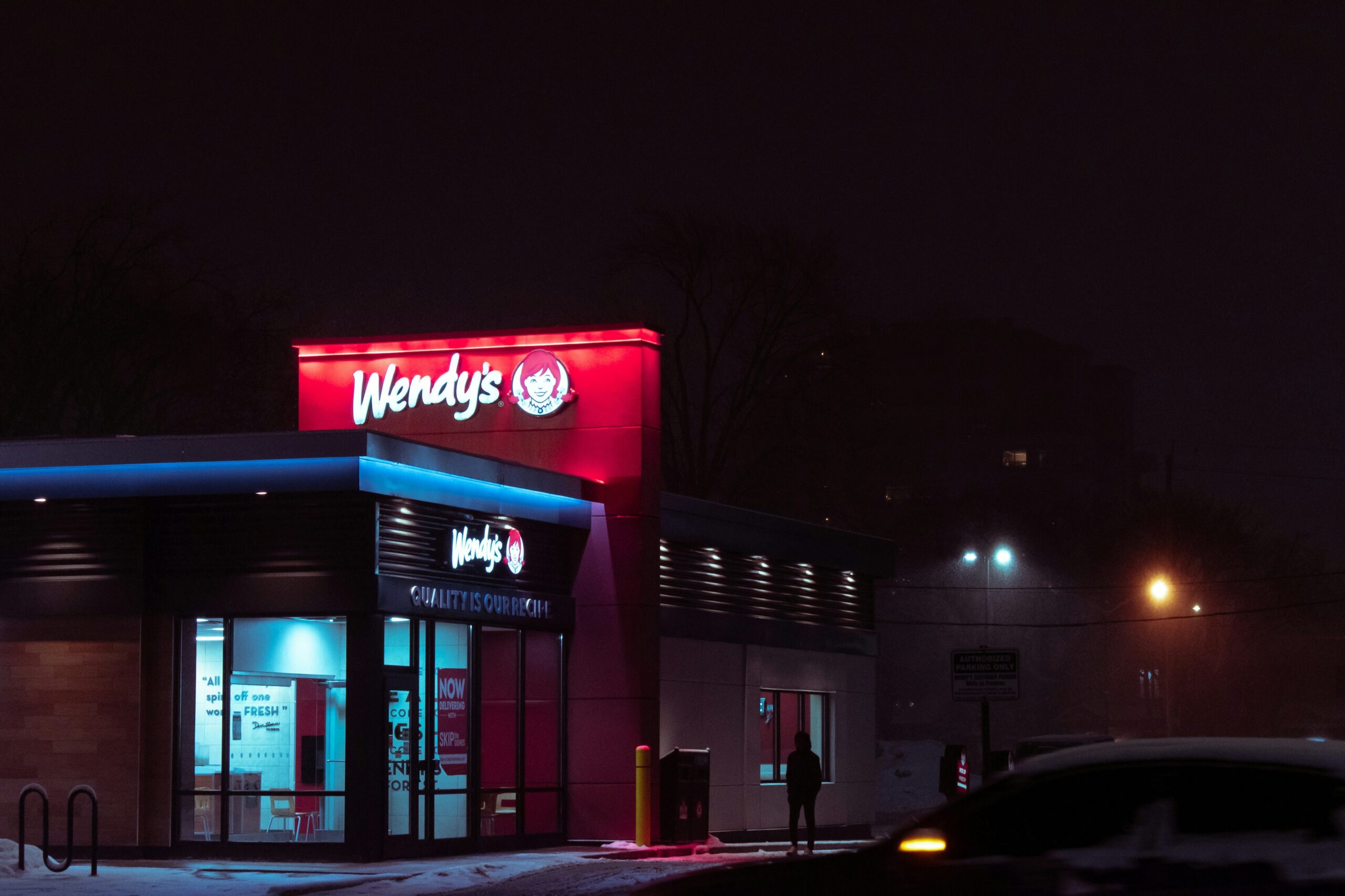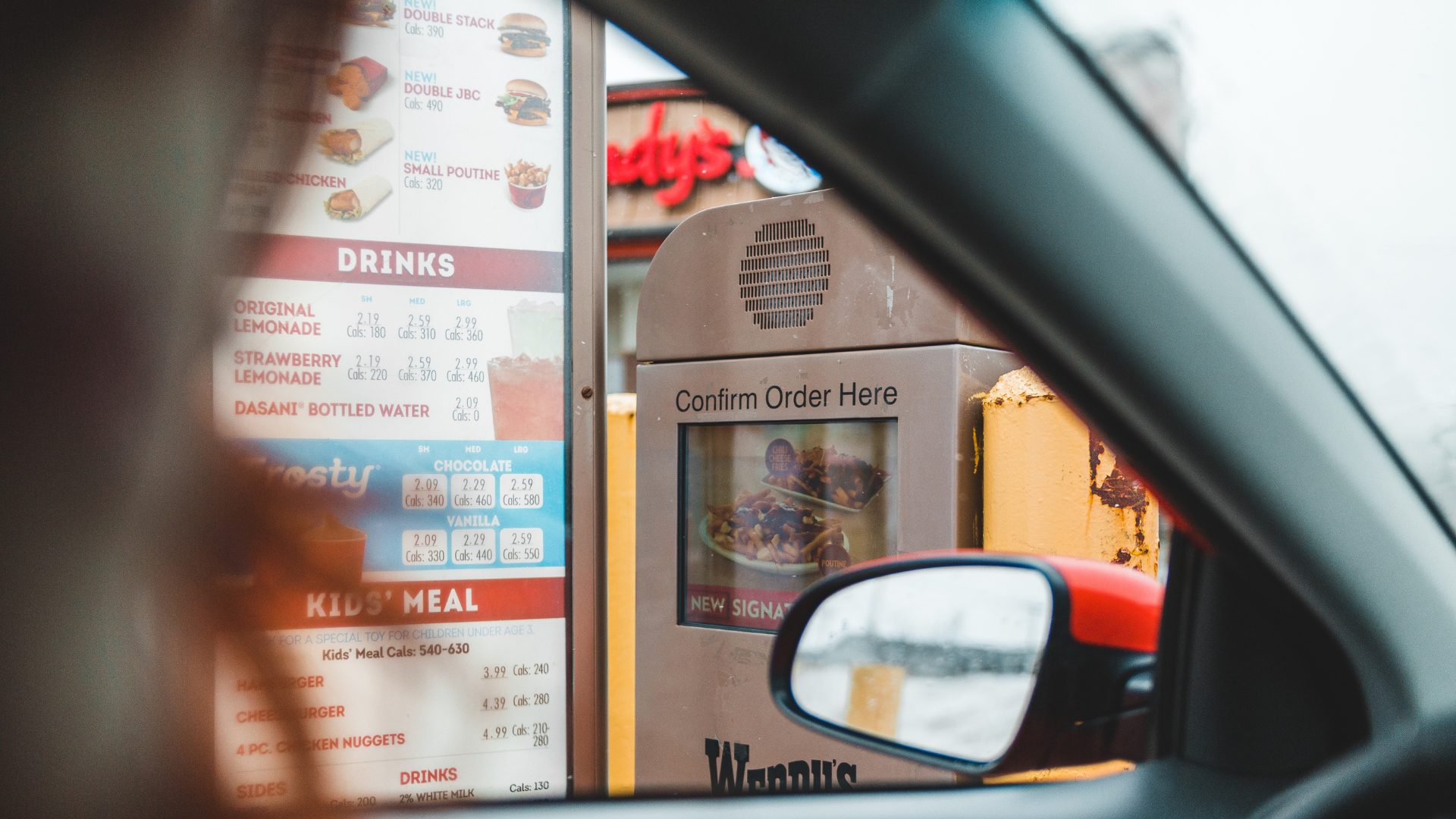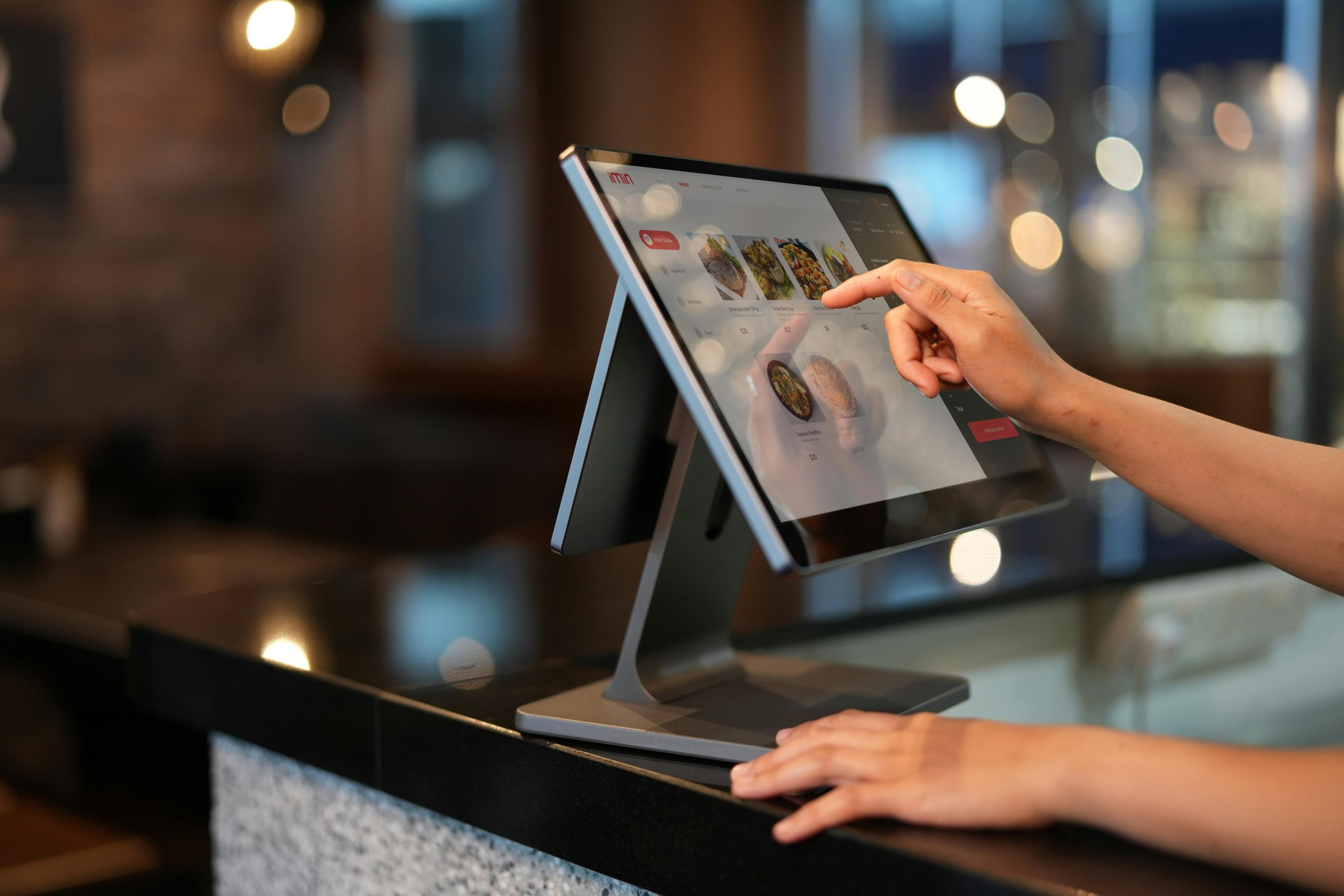Update: Since its recent earnings call, Wendy’s released a statement that noted “Any features we may test in the future would be designed to benefit our customers. … Digital menuboards could allow us to change the menu offerings at different times of day and offer discounts and value offers to our customers more easily, particularly during the slower times of day.”
By now, most of us have experienced “surge pricing” when dealing with companies like Uber – which feature dynamic pricing that fluctuates depending on factors like the time of day. Recently, Wendy’s officials hinted at plans to test dynamic pricing, likely starting in 2025.
Here’s my thoughts on implementing surge pricing at a restaurant chain: I don’t totally hate the idea.
But dynamic pricing needs to be handled carefully, otherwise your company can become the butt of social media jokes, just like Wendy’s has endured the last couple days.
I don’t mind the idea of surge pricing as a strategy. It’s the perfect tool to utilize when you’re at capacity. After all, the only thing you can do when you have no more bandwidth is to raise prices. So, it works perfectly for concepts like Uber or airline tickets, and it can even work in a restaurant context.
What I worry about for Wendy’s is – and I’m not trying to sound snarky – but when’s the last time you’ve seen Wendy’s with a capacity issue? Most Wendy’s locations I drive by aren’t usually that busy.
If you’re going to try dynamic pricing during slower periods of the day, you’d better have a great marketing machine to get the word out.
Otherwise, all you’re doing is giving your loyal customers cheaper prices, which obviously doesn’t benefit your business. I mean, getting a 15% discount doesn’t matter much to your loyal customers, since you’ve already won them over.
So, if you’re going to offer lower prices at certain times of the day, it should drive incremental traffic. It shouldn’t trade down people that are already your loyal customers – because that’s the kind of stuff that drives franchisees crazy.
The best people to run these types of ideas by are franchisees. This possible move by Wendy’s just seems like it could be a really bad idea where, ultimately, people will end up pointing fingers at each other, saying “Why didn’t you think of that?”
Restaurants should concentrate on operations first and foremost. Chains should also focus on making food that tastes great, then they won’t have to try pricing tricks. If you’re not already busy because of your food and you’re going to raise or lower prices, that sounds like a big misfire to me.
Dynamic pricing isn’t necessarily a bad idea for restaurants. Surge pricing is fairly common in society these days, for things like concert tickets. The easiest place for restaurants to utilize dynamic pricing is on their mobile apps. You just have to make sure this decision helps drive new profit.
Ultimately, franchise committees are the best groups to make pricing decisions like this. Marketing departments don’t really understand finance. Often, the marketing department writes checks that the operations people have to cash. And, once the cow’s out of the barn, you’re not going to be able to undo it.
Author bio: Dan Rowe is the CEO of Fransmart, a leader in franchise development. He’s focused on growing emerging concepts into major franchise brands. Under Rowe’s leadership, Fransmart developed a portfolio of brands including Five Guys Burgers & Fries, QDOBA Mexican Grill, and more.
Rowe is Co-Managing Partner at The Kitchen Fund and FranInvest, which have invested in Sweetgreen, Cava, and Inday to name just a few. He’s a Board Member of YPO and the National Restaurant Association.
The Food Institute Podcast
Generative AI disrupted nearly every industry in 2023, but how is the artificial intelligence industry impacting food and beverage in 2024? RSM US LLP principal Christian Winzeler returned to The Food Institute Podcast to discuss GenAI’s impact on marketing, business operations, and even production formulations.











